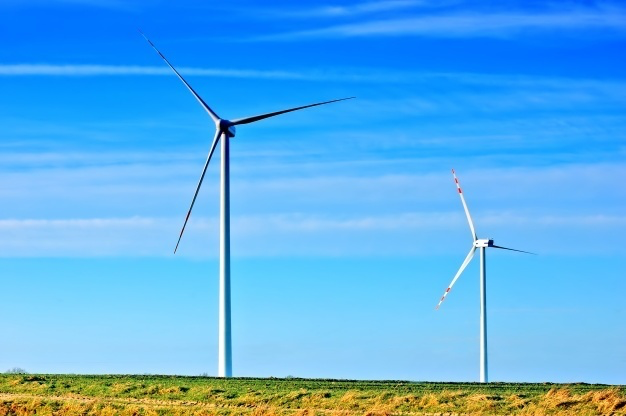Reliability remains issue in Vietnam’s electricity policy
On May 4, the average official retail price of electricity was adjusted to 8.2 cents per kWh, excluding VAT, a rise of 3 per cent. Electricity of Vietnam (EVN) believes that the move will help restructure its finances, promote reinvestment, and draw in new funding in electricity, particularly from the private sector.
 |
| The price of electricity has been adjusted more than 10 times in the past three decades, photo Le Toan |
However Ngo Duc Lam, former deputy director of the Institute of Energy under the Ministry of Industry and Trade (MoIT), stated that the existing method of modifying electricity prices only serves to safeguard the interests of producers and EVN. According to Lam, dispatching, market operation fees, and the wage factor in the electricity price have not been considered by the authorities when formulating the electricity price calculation plan. The wage factor represents labour productivity in the electricity industry.
“The method of constructing electricity tariffs is still predominantly based on EVN’s statistical cost accounting, which is not sufficiently reliable, with the primary goal of compensating for this group’s loss,” Lam said.
According to Lam, this method has not accounted for the causes and measures to reduce costs, has not yet applied the prevalent and contemporary method of long-term marginal cost, and has not constructed a tariff with the two components of capacity and electricity.
The only vendor on Vietnam’s electricity market is EVN. With the proposal to submit an application, the generation of electricity price framed each type as the lowest amount in calculations based on the four options assumed by EVN. Numerous energy developers have asked when investment efficiency will be considered in the policy development process, and when the interests of the merchant, purchaser, and user will be reconciled.
According to the National Load Dispatch Centre, the ceiling price of the electricity market reflects the equilibrium between supply and demand, the development of capacity, and seasonal and power system conditions. By 2022, market capitalisation had almost doubled to 6.8 US cents per kWh, resulting in an increase in market revenue from $1.79 million transactions per day to $22 million per day.
Since 1992, the price of electricity in Vietnam has been adjusted more than 10 times, and the current average price, including VAT, is 6.1 cents per kWh. According to energy analysts, the three primary goals of electricity pricing have not been met: economic efficiency, social equity, and financial sustainability. The electricity tariff during the adjustment periods is unconvincing, caries hefty administrative mechanisms, lacks scientific basis, and lacks transparency, which is the primary reason why scientists and electricity consumers cannot reach a consensus.
Associate Prof. Dr. Nguyen Minh Due, former dean of the Faculty of Energy Economics at Hanoi University of Science and Technology, stated that the establishment and adjustment of electricity prices must adhere to the Law on Electricity. As a basis for establishing and adjusting electricity tariffs, he outlined five principles.
“These are the national energy policy and electricity pricing policy; conditions for the country’s economic and social development; the relationship between electricity supply and demand and that of consumers; the electricity production, trading expenses, and adequate earnings of the electricity unit to finance the growth of the industry; and the extent of development of the electricity market,” he said.
According to the MoIT, electricity prices are progressing towards implementation levels for an aggressive retail electricity market, with three implementation phases. Since last year, electricity customers have been able to purchase electricity on the spot during phase 2, while phase 3 enables consumers to choose their electricity retailer after 2024.
The MoIT believes that the competitive electricity market will be completely operational by the end of 2024 based on this roadmap.
 | Firms ponder impact of new electricity hike Vietnam last week raised its average retail electricity price by 3 per cent, in a move that could put upward pressure on inflation. |
 | Vietnam's power sector faces difficulties integrating renewable electricity The accelerated expansion of solar and wind energy is straining the national power grid. |
What the stars mean:
★ Poor ★ ★ Promising ★★★ Good ★★★★ Very good ★★★★★ Exceptional
Related Contents
Latest News
More News
- Linking sci-tech and innovation to Vietnam’s net-zero future (December 18, 2025 | 14:31)
- Driving double-digit growth through green and circular transformation in Vietnam (December 17, 2025 | 09:00)
- Standard Chartered and ACCA deepen collaboration to develop Vietnam’s talent for a sustainable future (December 15, 2025 | 18:18)
- Schaeffler reports strong early output from Dong Nai solar project (December 12, 2025 | 15:16)
- Forestry conference highlights biodiversity and sustainability goals (December 09, 2025 | 13:35)
- Home Credit honoured among top 10 sustainable companies in trade and services (December 09, 2025 | 12:18)
- SCG and seven member companies honoured in Top 100 Sustainable Businesses 2025 (December 08, 2025 | 09:00)
- Nestlé Vietnam pioneers sustainable development and promotes business connections (December 06, 2025 | 12:09)
- CSI 2025 highlights rise of Vietnam’s green champions (December 06, 2025 | 09:00)
- Acecook Vietnam named among top 100 sustainable businesses (December 06, 2025 | 08:00)

 Tag:
Tag:






















 Mobile Version
Mobile Version